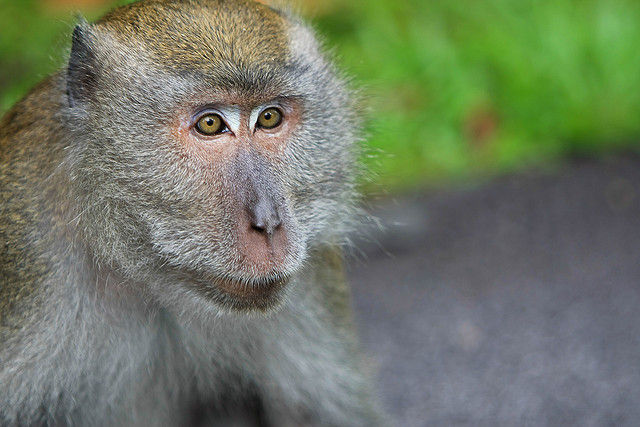First monkeys engineered to have autism-like symptoms raise hope, caution
Ars Technica » Scientific Method 2016-01-26

(credit: Nir Sinay)
Monkeys with a human gene turned on in their brains displayed behaviors similar to those seen in some people with autism, researchers reported Monday in Nature. The monkeys avoided social interactions, were overly anxious, and performed repetitive movements, namely obsessively running in circles.
The genetically engineered animals are the first non-human primate to model autism-like behaviors. The researchers behind the modified monkeys are hopeful that the new animal model could be used to develop treatments for the symptoms of autism. But, with the complexity of the disease in humans and the simplicity of the similar behaviors observed in the monkeys, some researchers are leery about how useful the animals will be in autism research.
In humans, autism spectrum disorder has a wide range of symptoms, which collectively may involve hundreds of genes as well as environmental factors. The monkeys, on the other hand, are engineered to mimic a rare autism-like disorder caused by having multiple copies of a single gene called MeCP2. Mutations in this gene are also linked to another neurodevelopmental disorder that has overlapping symptoms with autism, called Rett syndrome.